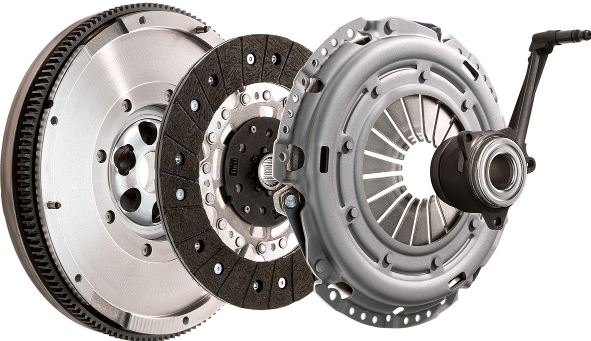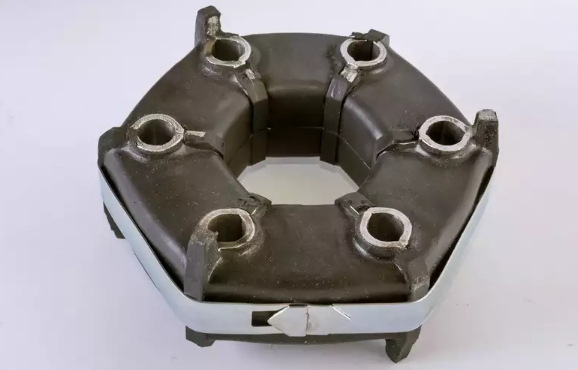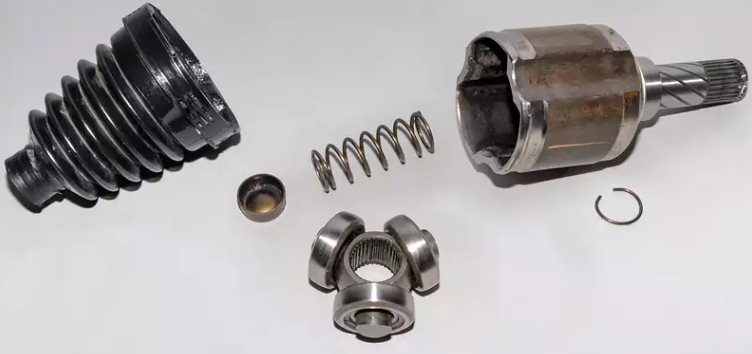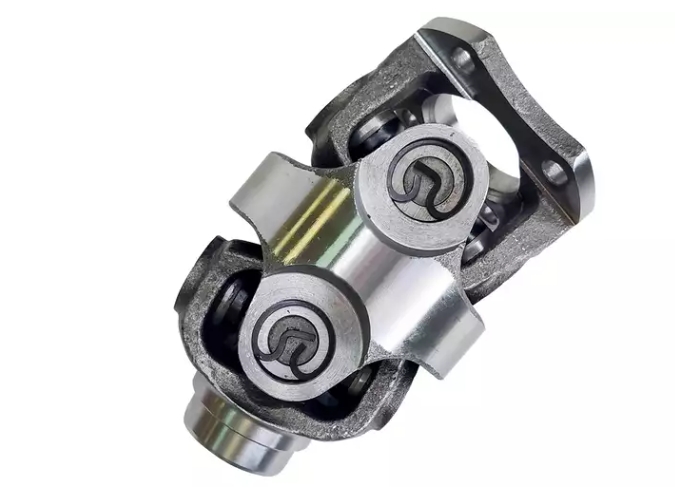Do I need to warm up the variator? Why are virtual transfers necessary? Why is a CV joint better than a cardan? Why use an expensive dual-mass flywheel? Let’s talk in simple terms.
“People don’t really need to know how a computer works. Most of them have no idea how a car’s transmission works, but that doesn’t stop them from driving.”
Steve Jobs
The word “transmission” comes from the Latin transmissio – “sending, transfer”. The transmission of a car is a set of components and assemblies that serves to transmit torque from the engine to the drive wheels and allows you to change the magnitude of the moment and the direction of rotation. This collection raises a variety of questions – and here are the answers to the most popular of them.
1. Which of the gearboxes is the simplest?
Despite the fact that manual gearboxes, and then hydromechanical ones, were widely used on cars, the simplest device for changing the gear ratio of a transmission is … a variator! After all, it actually has only one main element: a belt that interacts with expanding cones – it connects the input and output shafts, providing a fairly wide range of gear ratios. But simple doesn’t mean reliable…
2. Which is better for the variator – a belt or a chain?
The V-belt variator (Mitsubishi, Nissan, Renault, Lada, etc.) is by far the most common type of continuously variable transmission. The belt resource is usually limited – about 150 thousand km. The V-chain variator is less common (various models of Audi, Subaru, Kia) – its resource is somewhat higher, and it is designed for higher loads.
3. Why do dual clutch robots shift quickly?
Because in such boxes, separate input shafts and, accordingly, separate clutch discs are responsible for even and odd gears. Let’s say if you are driving in first gear, then the second shaft is already spinning in second! It is thanks to this “hot reserve” that shifting takes place in milliseconds, and jerks during gear changes are practically not felt. But this is with sequential gear shifting. And when jumping into several gears at once, for example, from seventh to third, the shift speed is lower, since the box cannot predict at what moment and for how long the driver will suddenly press the gas pedal sharply.
4. What is the purpose of virtual gears in stepless variators?
There are no technical reasons for this decision. But drivers like such boxes more, because the motor gets rid of the monotonous sound – its speed changes, which is more familiar to our ears.
5. Do I need to warm up the transmission?
Necessary. Unlike the engine, which can warm up even when idle, the transmission elements heat up only in motion due to friction. Therefore, recommendations to avoid sudden loads in the first minutes of movement apply not only to the motor, but also to the transmission.
6. What is an expensive dual-mass flywheel used for?

The flywheel is a border guard standing between the engine and transmission. Previously, the flywheel was a machined cast iron with a flat surface to contact the clutch disc – and a ring gear for the starter gear was pressed onto it.
Now more than half of cars with a manual transmission are equipped with a dual-mass flywheel. One part of it is still rigidly connected to the crankshaft flange, and the other part, along which the clutch works, can rotate relative to the first. They are connected by powerful springs that limit the angle of mutual rotation. This is a torsional vibration damper that facilitates the operation of the transmission when paired with powerful engines that have low idle speeds for the sake of the environment. When a dual-mass flywheel breaks down, many seek to replace it with a conventional one, but they soon realize what driving comfort they have lost.
7. Is the semi-gimbal joint half of the joint?

No, this is a full-fledged joint that ensures operation at small angles of shaft crossing. It is also rubber, and therefore very effectively reduces torsional vibrations in the transmission. An example would be an elastic rubber coupling of the Giubo type (“Jubo”), which was installed between the gearbox and the cardan shaft in the Zhiguli.
8. What is a universal joint?

A universal joint of equal angular velocities is one that can compensate for both angular and axial mutual movements of the shafts. They are placed on the drives of the drive wheels as internal ones – where an angle of operation of more than 20–25 degrees is not required. For the outer ones, which provide turning of the wheels, large angles are needed. Such hinges are made according to the GKN, Lubro schemes – with balls as working bodies. However, three-stud hinges – tripods – have also become popular.
9. Why is a CV joint better than a cardan?

When working even with a large and varying angle of crossing of the shafts, such a hinge ensures the sameness of their angular speeds of rotation.
A characteristic that is convenient for installation in steered wheel drives is provided in various ways. Initially, cam joints were developed, but they were characterized by high friction and accelerated wear. Then came ball and three-stud designs, in which sliding friction was replaced by rolling friction.
The universal joint (or Hooke’s joint) consists of two forks, between which a cross is installed. When the shafts are on the same axis, a single cardan joint transmits rotation evenly. But as the angle between the shafts increases, the output will rotate more and more unevenly. He will then run ahead, then lag behind the drive shaft. This phenomenon can be eliminated by applying a bunch of two hinges. In this case, the forks of the intermediate shaft must be parallel, and the input and output shafts are either parallel, or located so that the intermediate shaft is at the same angles to both shafts. In the drive of the steered wheels, a single Hooke joint cannot be installed due to uneven rotation and corresponding vibrations. And double hinges are used only on heavy equipment, where there is a lot of space.
What a torque converter transforms, what is the difference between dry and wet clutches, why transmission fluids become contaminated (and why there is liquid, not oil), we will tell you more – come back often!
